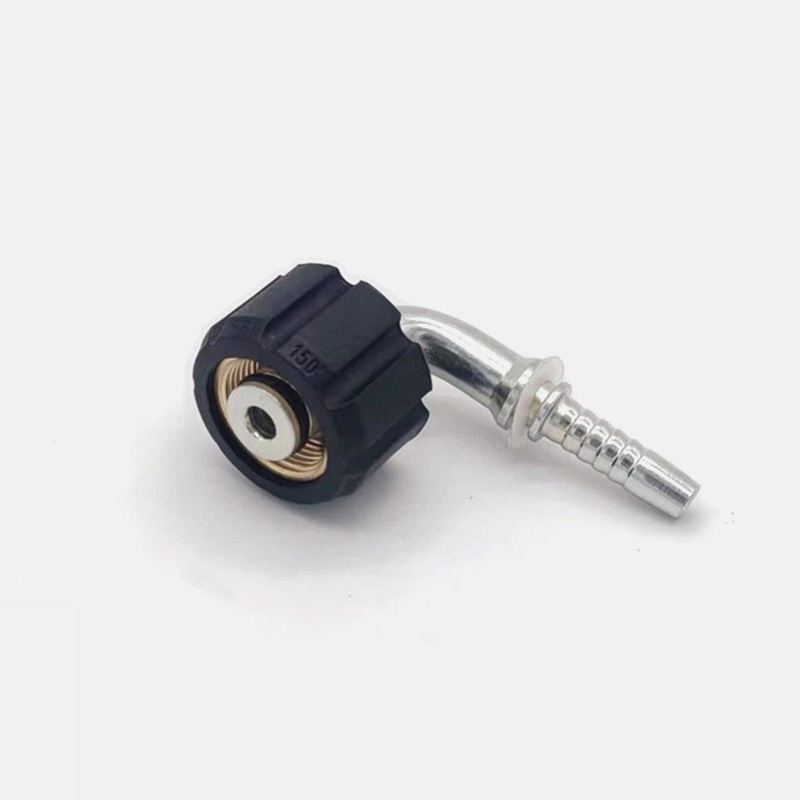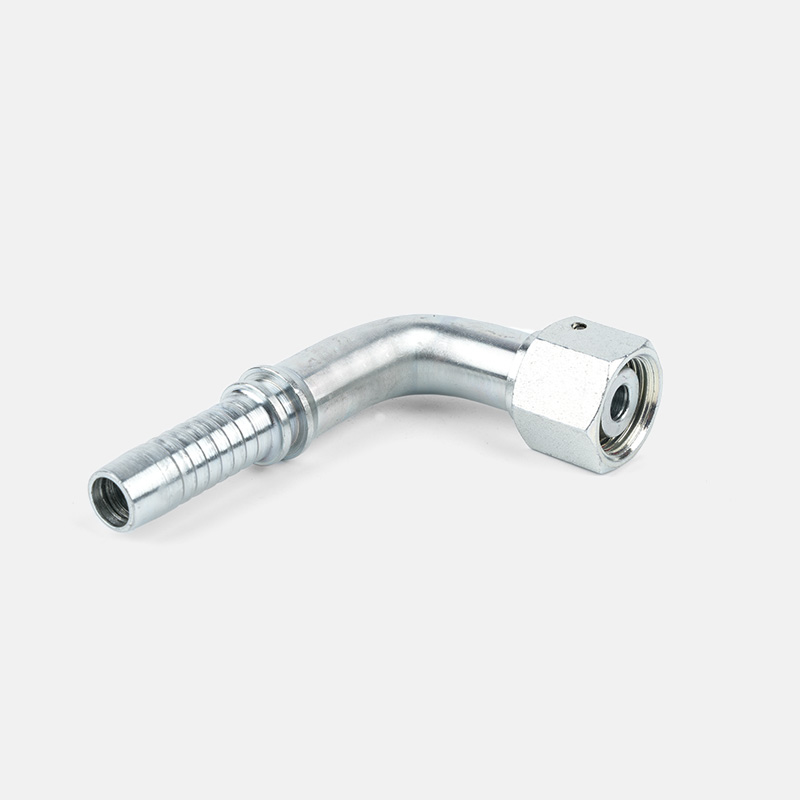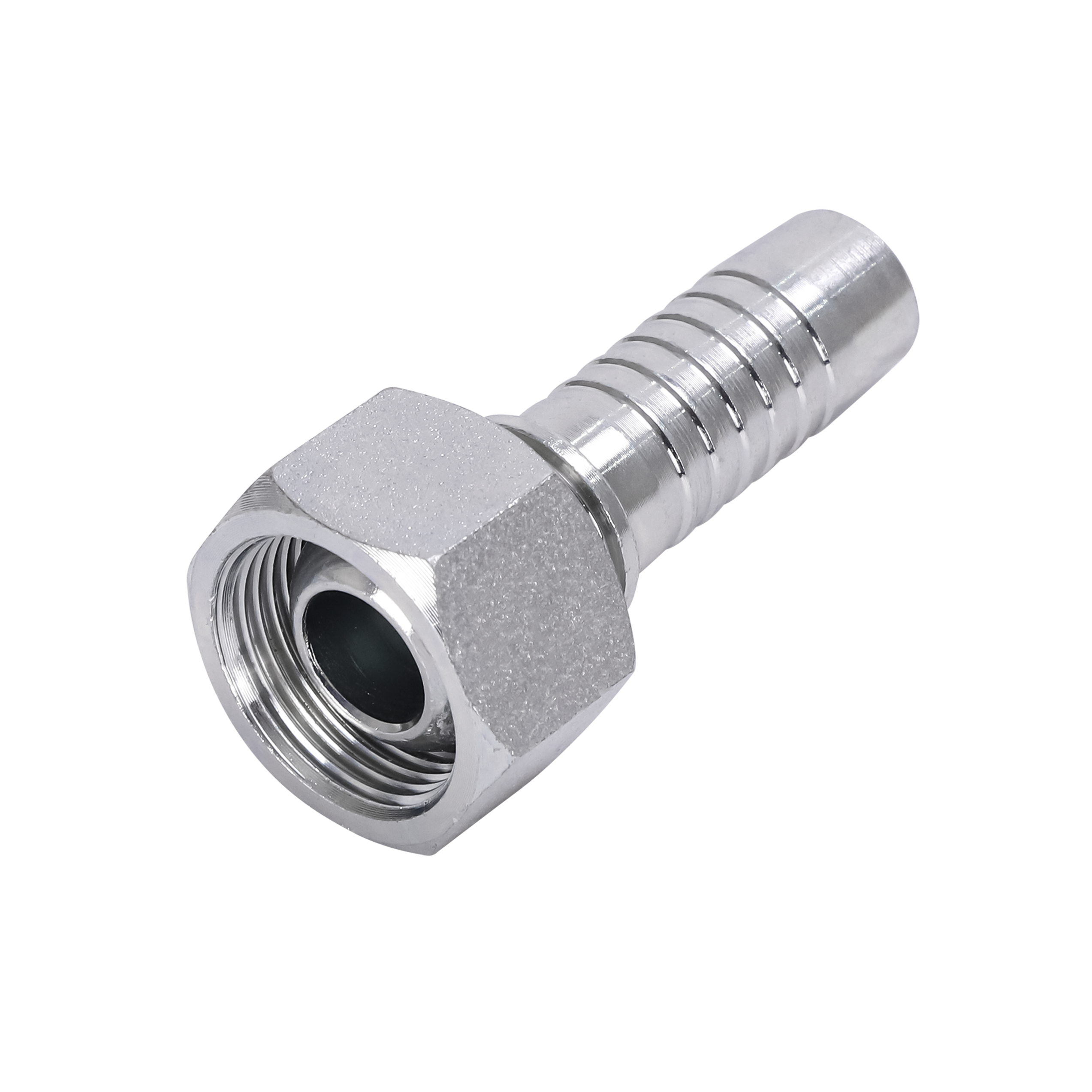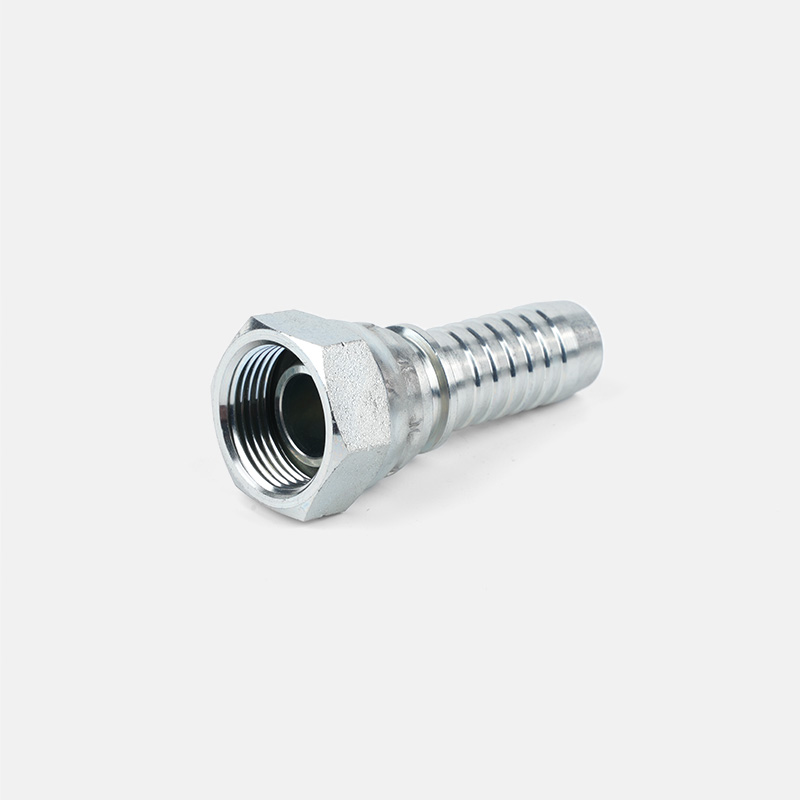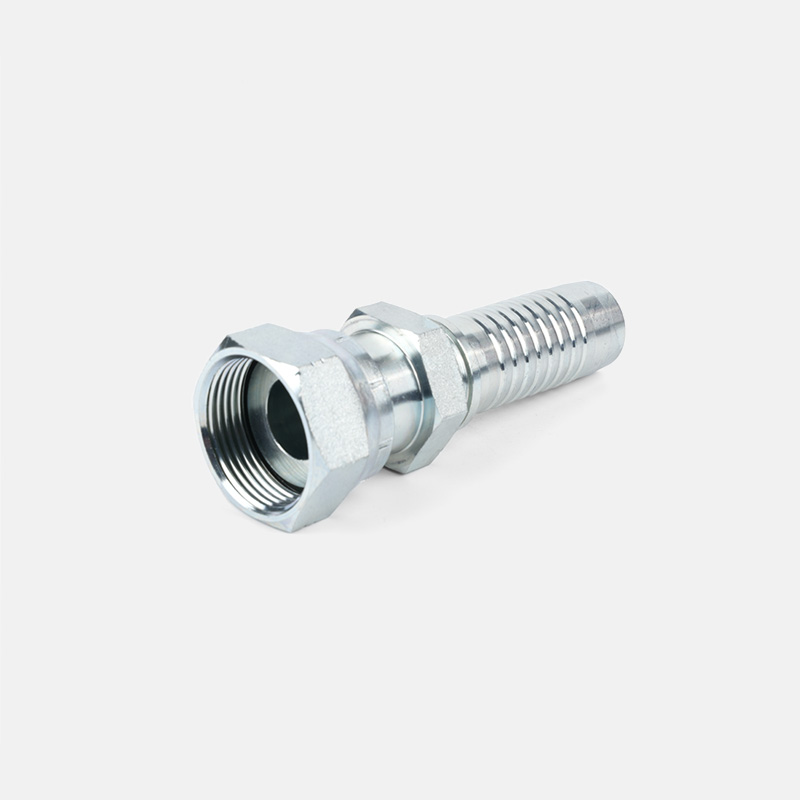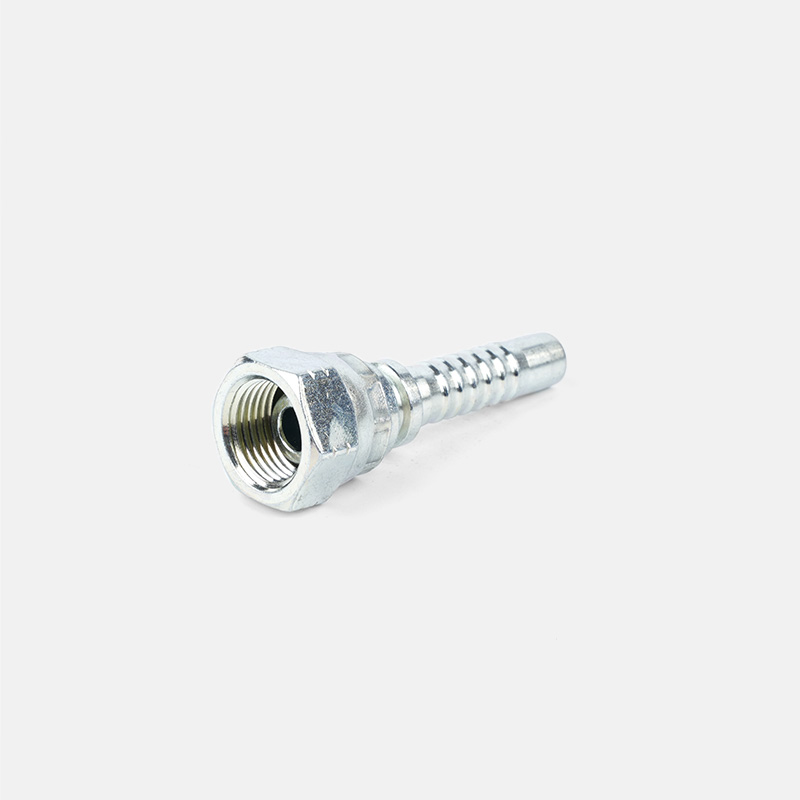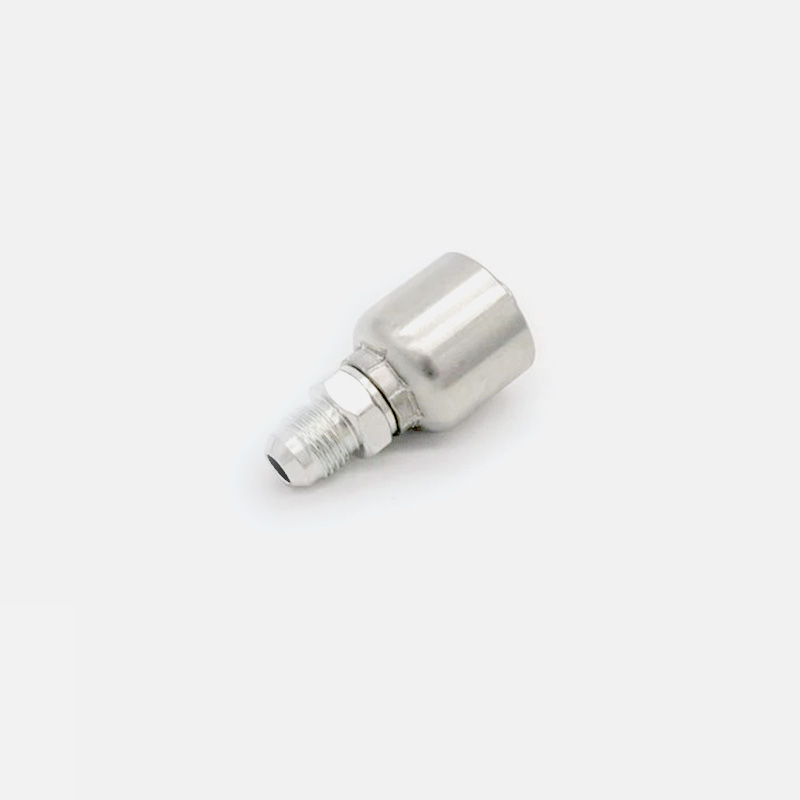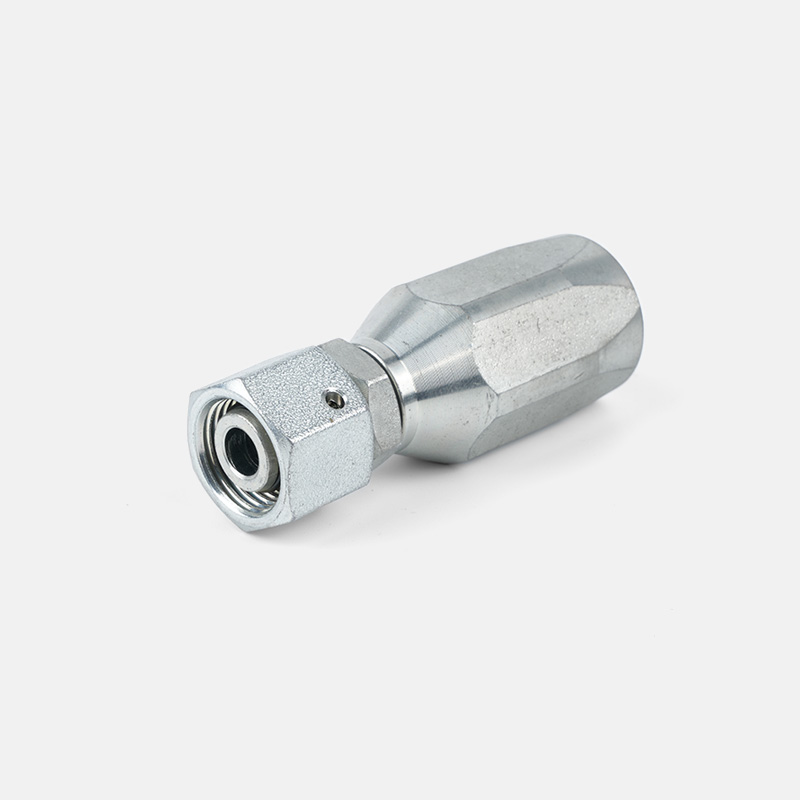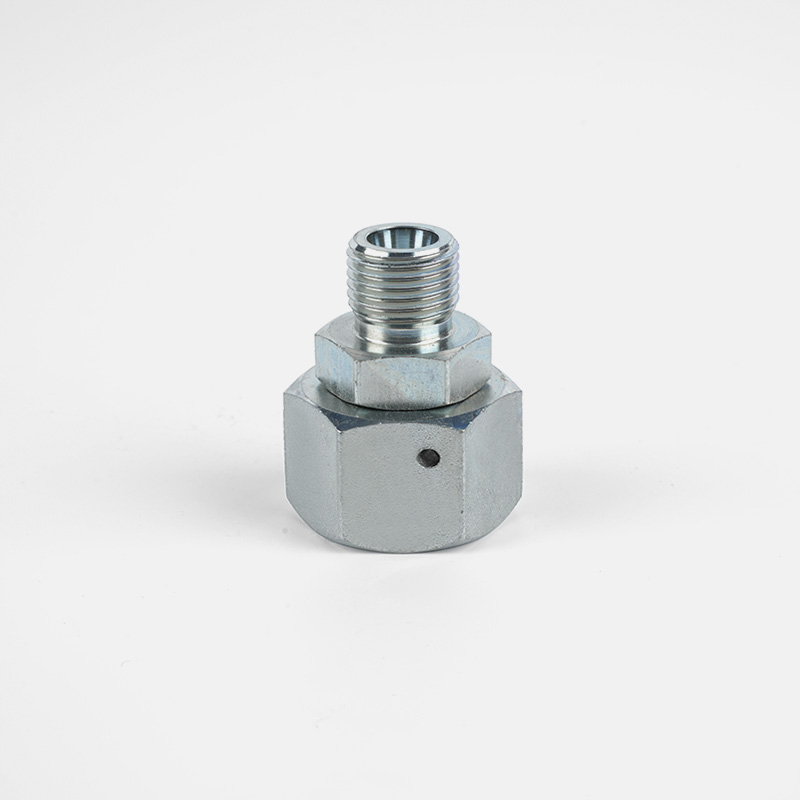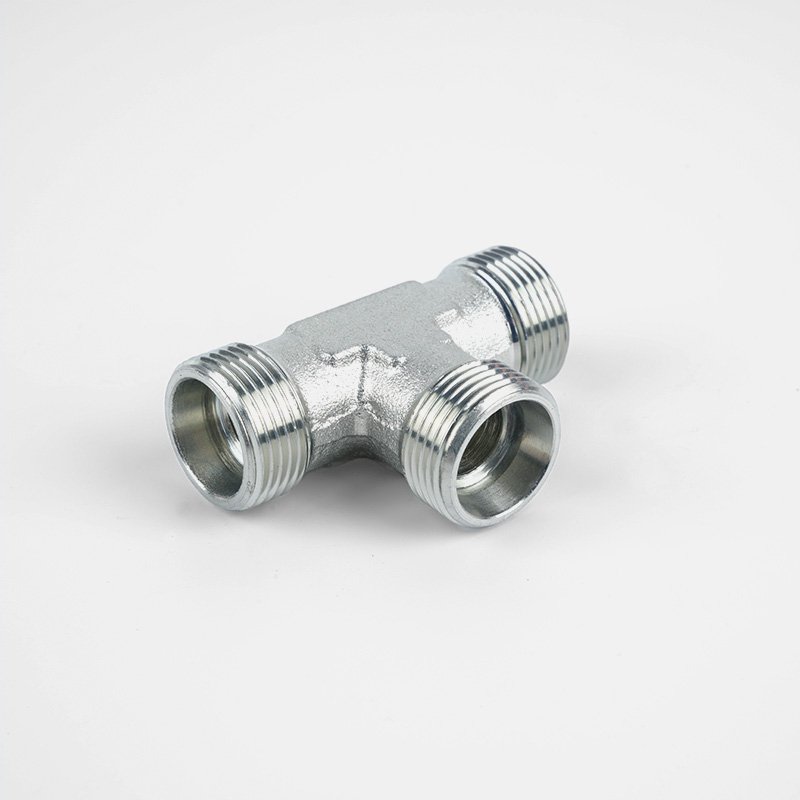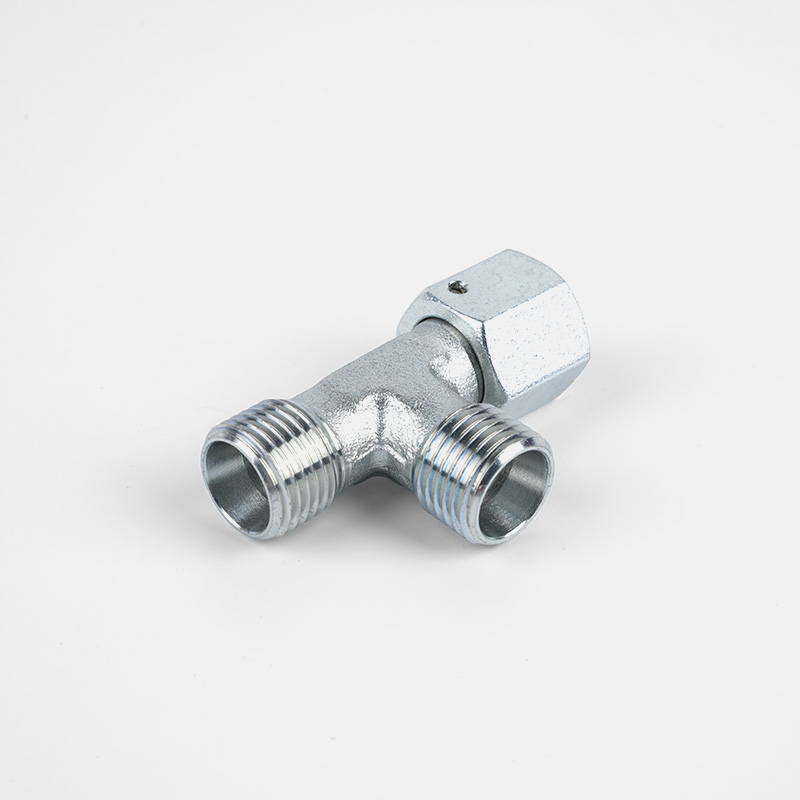Language
ENGHow to perform regular maintenance and inspection on Hydraulic SAE Flanges?
 2025.04.14
2025.04.14
 industy news
industy news
Hydraulic SAE Flanges, as a vital connecting component in the hydraulic system, play a key role in ensuring the sealing and stability of the hydraulic system. They often work under high pressure and high temperature. Regular maintenance and inspection are essential to ensure the normal operation and safety of the system. In order to avoid potential failures and extend the service life of components, Hydraulic SAE Flanges in hydraulic systems must receive proper attention and care.
Sealing performance is one of the most critical characteristics of Hydraulic SAE Flanges. Over time, the sealing material may gradually age due to environmental changes such as temperature, pressure fluctuations and chemical corrosion, resulting in a decrease in sealing performance. Such aged seals can become a hidden danger of leakage. It is very important to regularly check the status of seals, especially O-rings or gaskets. When checking, pay attention to whether the seals are cracked, hardened, aged or deformed. If any abnormality is found, the seal must be replaced in time, otherwise the leakage problem will affect the stability and efficiency of the hydraulic system.
Since the hydraulic system is subjected to huge pressure and vibration during operation, the connecting bolts of Hydraulic SAE Flanges may become loose due to vibration, thermal expansion and contraction, etc. If the bolts are loose, the flange connection may be loose, which may lead to hydraulic oil leakage or equipment failure. Therefore, it is necessary to check the tightening of the bolts regularly. During the inspection, make sure that all bolts are tightened according to the specified torque value to ensure that there is no looseness or unevenness in the connection parts. If the bolts are loose or poorly tightened, they should be re-tightened immediately to prevent serious consequences caused by looseness.
Another common problem is wear and corrosion on the flange surface. The hydraulic system is in a high temperature and high pressure environment for a long time, and the flange surface is easily worn or corroded. The humidity of the external environment, the quality of the hydraulic oil, the working conditions of the system, etc. will affect the surface of the flange. It is necessary to check the flange surface regularly. When checking, pay attention to whether the flange has scratches, corrosion, cracks or other damage, especially the sealing contact surface. Any corrosion or severe wear may cause the seal to fail, thereby causing hydraulic system failure. If the flange surface is severely corroded or damaged, it is recommended to replace the flange or repair it.
The quality of hydraulic oil also has a significant impact on the performance of Hydraulic SAE Flanges. Contamination, viscosity changes or aging of hydraulic oil may cause unstable system pressure or seal failure. Regularly check the quality and contamination of hydraulic oil to ensure that the oil is clean and free of impurities, which can effectively protect flanges and other hydraulic components. Impurities in hydraulic oil will accelerate the wear of flange seals and reduce the sealing effect. Regularly check the oil quality and contamination of hydraulic oil, especially when the system workload is large or the working time is long, and replace the hydraulic oil in time, which can effectively extend the service life of Hydraulic SAE Flanges.
The working pressure and vibration of the hydraulic system also need to be checked regularly. As a connecting component, Hydraulic SAE Flanges need to withstand greater stress when working under high pressure in the system. If the system pressure exceeds the design load capacity of the flange, or the system has abnormal vibration, it may cause the flange connection part to fail or the seal to leak. Checking whether the working pressure of the hydraulic system is within the normal range and whether there is excessive vibration or noise during operation are key steps to ensure the stable operation of SAE Flanges. If the system pressure is abnormal or there is oil leakage during the pressure test, the machine should be stopped immediately for inspection to find the source of the problem and repair it.
Regular cleaning of Hydraulic SAE Flanges is also an important part of maintenance. Dirt, oil and other impurities accumulated on the flange surface will not only affect the appearance of the flange, but also hinder the sealing effect. Therefore, cleaning work cannot be ignored. When cleaning, choose a suitable detergent and soft cloth, and avoid using strong acids, strong alkalis or hard brushes that may damage the flange surface. Clean the flange contact surface regularly to remove the dirt and oil accumulated on the surface to ensure that the sealing surface is smooth and flat.
When conducting regular inspections, special attention should also be paid to the centering of the flange. During installation, if the flange is not properly centered, it may cause uneven force on the connection part and produce eccentric load, which will affect the sealing effect or cause flange damage. During inspection, ensure that the flange is properly centered to avoid sealing problems caused by improper installation.
In order to ensure the smooth progress of all inspections and maintenance work, the maintenance record is also a very important link. After each inspection and maintenance, the contents of the inspection, the problems found, and the repair measures taken should be recorded in detail. These records will help maintenance personnel better understand the use of the flange and provide reference for future maintenance to ensure that potential problems are discovered and repaired in a timely manner.


